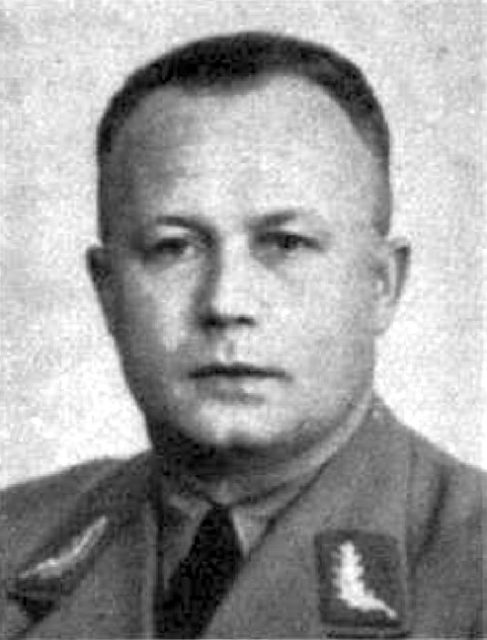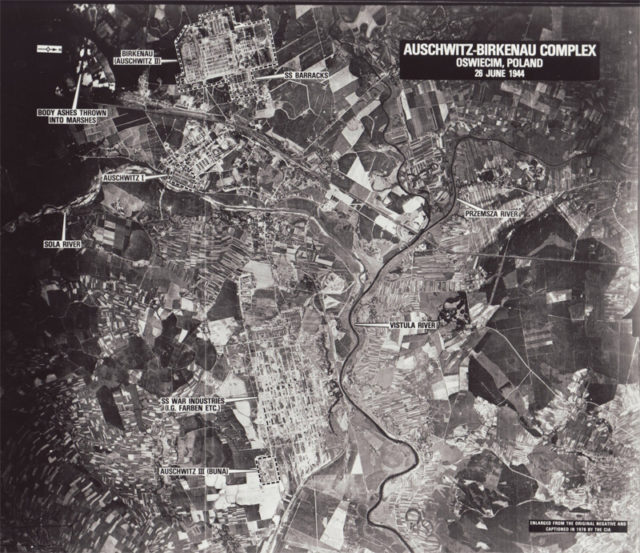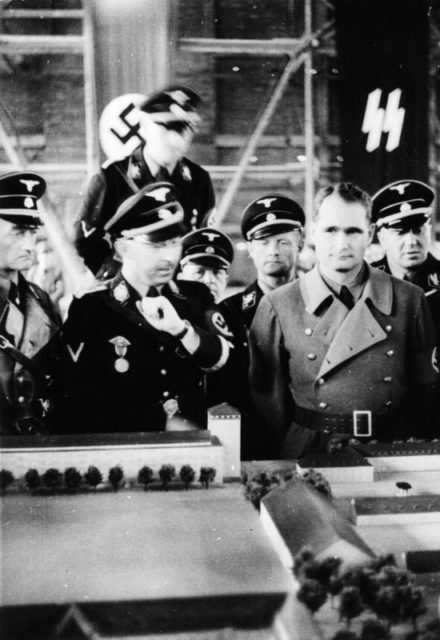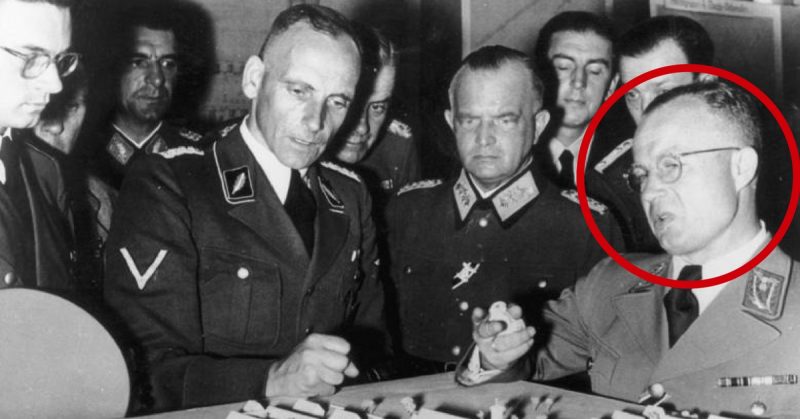Fritz Bracht, nicknamed the Beast of Auschwitz, was born in Heiden on the 18th January 1899. After school he trained to become a gardener and when World War I broke out he joined the military, only to be captured by the British and held as a prisoner of war until 1919.
After the war he worked as a handy-man and joined the Nazi Party on 1st April 1927. He rapidly rose through the ranks and by the time that Hitler took over as leader of the party, Bracht was promoted to the position of deputy to the Reichstag.
Bracht was elected, in 1932, to the Prussian Landtag and he was appointed by Hitler as acting Gauleiter (District Governor) of Silesia on the 1st May 1935. He worked under Gauleiter Josef Wagner but when Wagner fell out of grace with Hitler, Bracht rose in the ranks to replace him.

Bracht began to show his immoral character by enforcing a ‘Germanisation’ program within Silesia resulting in mass deportation of all those deemed inhuman by the German High command. He became extremely unpopular with the locals who dubbed him ‘kokot’ (a derogatory Silesian expression ).
In February 1941, Bracht was given the rank of High President (Oberpräsident) of the Province of Upper Silesia and in the following month he played host to Himmler, one of his personal idols, on a visit to the region. Himmler and Bracht toured Auschwitz, which held around 11,000 people at the time. Himmler then ordered that Auschwitz be expanded; the new section of the camp was eventually named Auschwitz II-Birkenau.
In July 1942, Himmler returned and he and Bracht visited Auschwitz II-Birkenau in the company of Rudolf Höss, the commandant of Auschwitz. Four months later Bracht was appointed Reich Defence Commissar in his Gau.
In 1944 Bracht was promoted to SA Obergruppenfuhrer. Up to this point most of Bracht’s time was taken up with the extermination camps, but Silesia came under the Allies’ spotlight and the oil refineries located there were bombed. Bracht started looking for a new safe command post and his attention was drawn to the convent, Sisters’ Servants of Silesia, that was situated close to the centre of Katowice. He concluded that the basement would make a perfect command post as it was located behind high walls, could only be accessed via a trap door and was not a target for the Allied bombers.

Bracht created his command post and expanded the basement. This new command post, built 30 feet underground, was the star of a newspaper article written in August 1944, entitled ‘In the command post of the Gauleiter’. The article was designed to boost the morale of the people of Silesia and described the daily life of the 200 staff members in the bunker along with all the special features that were built in, such as escape routes, a bomb proof three foot thick ceiling and cell doors.
The local people did not know what was inside the bunker, nor the insidious work done by the staff. They did recognise that it was heavily guarded and many important visitors entered and left the convent so they nicknamed it the Gau-Haus (Gauleiter Haus).
Toward the end of 1944, the Soviet forces were pushing across Poland towards Auschwitz. Knowing that the horrific scenes from Auschwitz would be exposed, senior German staff made the decision to abandon the camps and force the inmates to march across Poland into Germany. Bracht’s instructions to his guards were very simple; execute anyone who tried to escape and not to march at night. Anyone not fit enough to walk a minimum of 12 miles a day and be competent to work when they arrived in Germany was to be killed before they left.

On the 17th January 1945 the first of 50,000 prisoners were marched 40 miles to Wodzislaw Slaski on the Czech border but due to the utterly appalling frigid conditions thousands died during the march. The remaining survivors were loaded onto trains and sent to the extermination camps at Mauthausen and Buchenwald.
As the Soviets made further inroads, Bracht and his wife fled from Katowice to Kudowa-Zdrój, situated at the bottom of the Stołowe Mountains. On the 9th May 1945 they both committed suicide, taking cyanide.
The sisters at the convent turned the bunker back into a storage area and the gruesome details of what was planned and directed from this space were lost to the mists of time. At least, that was until a journalist named Tomasz Borowka and his partner, Dr. Miroslaw Wecki from the University of Silesia, a war expert, found the location of the bunker.
Borowka told The Daily Mail: ‘About two years ago Dr Wecki published a book about Bracht and mentioned the bunker in a district of Katowice. But he didn’t know where. One day I was talking to an old man who lived during the war and he remembered seeing German cars with high-ranking officers driving to the convent. And he told me this was where the command post was. I then met others who had lived through the period and they told me the same thing. So Dr. Wecki and I went to the city archives and began looking through old documents and we came across some saying there was a pre-war bunker there. We then went to the location and found the entrance and then found the bunker. There are probably more rooms but the convent sisters won’t let us explore.’
 Photo Credit."
title="
Photo Credit."
title="